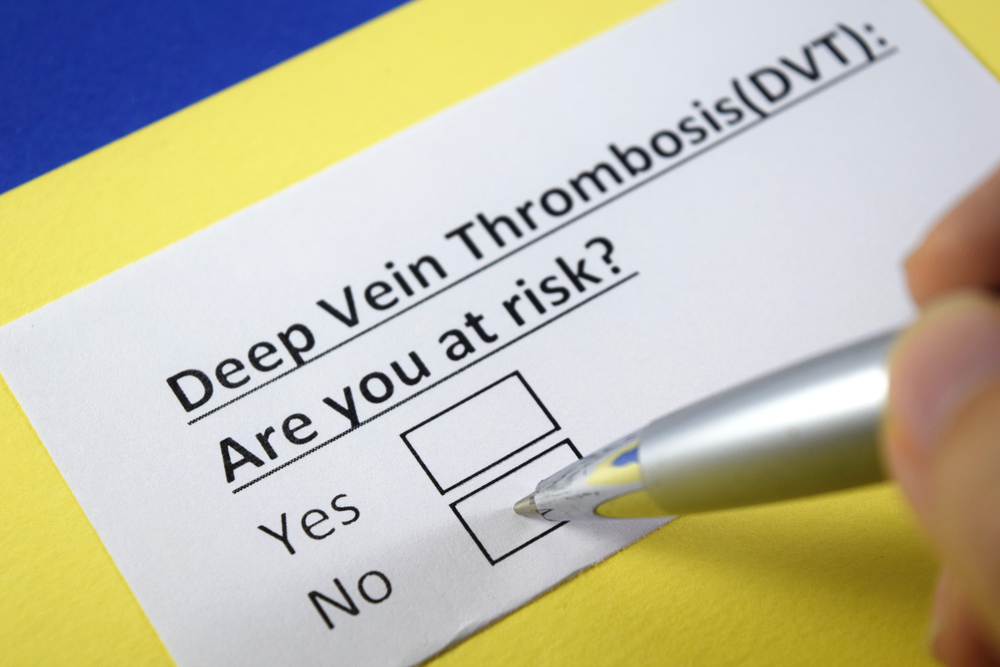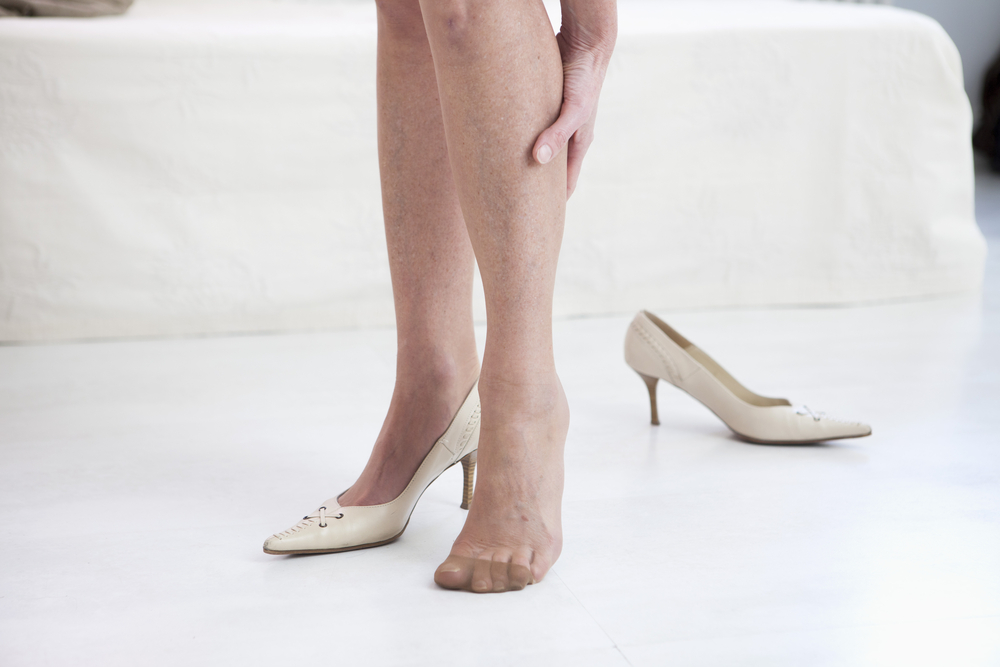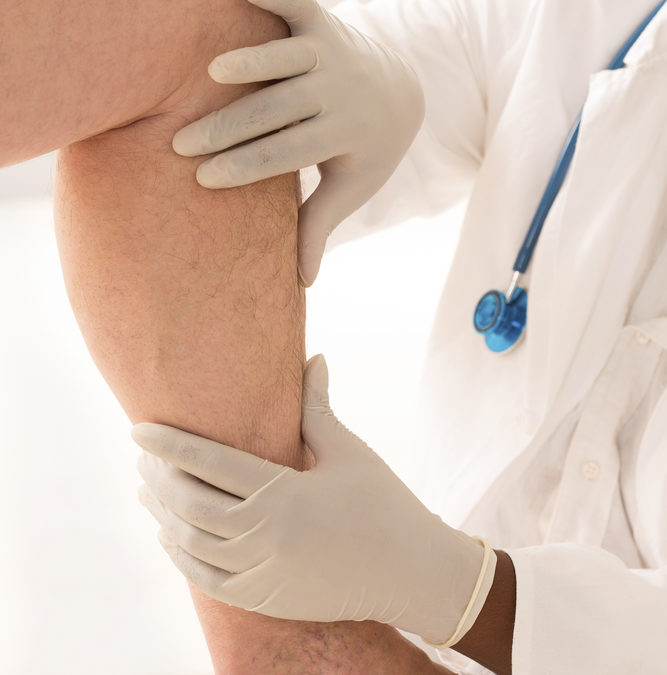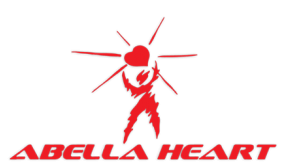Abella Heart Blog

Deep Vein Thrombosis (DVT)
Deep vein thrombosis refers to a blood clot in the large veins in the leg or pelvis. The three most common reasons for DVT are inflammation or damage of a vein’s inner lining, blood that clots quickly, and slow blood flow. Critical veins run through the pelvis into...

Venous Insufficiency Ulcers
Venous insufficiency has a variety of symptoms, one of the worst being venous ulcers. Venous ulcers have several names, including stasis, insufficiency, or varicose ulcers. What do venous ulcers look like? There are a few different stages of venous insufficiency...

Leg Cramps and Venous Disease
Almost all of us have experienced a painful tightening of the calf muscles, which is called a cramp. Also called charley horses, these unpleasant experiences often come about during exercise, but can also happen as a result of venous disease and other health...

Treatments for Venous Insufficiency
Valves in your veins must function properly if a person is to have good circulatory health. But a surprising amount of people have a problem with malfunctioning valves, most commonly valves in the legs. In fact, an estimated 40% of the US population is thought to be...

Why is My Skin Changing?
Varicose Disease, Swelling, Skin Changes and Ulcers A high percentage of people suffer from some form of varicose disease, and unfortunately, a high percentage of those with the disease don’t do anything about it. Often, symptoms like leg heaviness and slight pain are...
